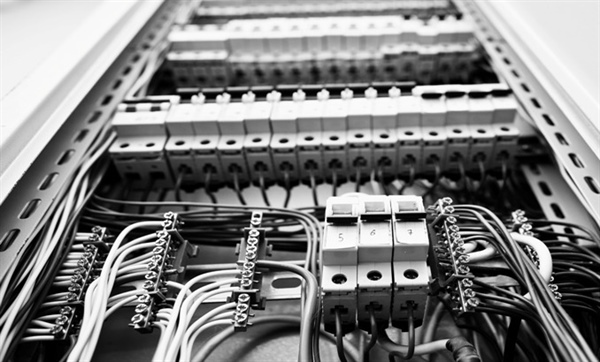Home Electrical Panels: What Are Your Options for an Upgrade?

As the demand for power changes, your home panel will need to change, too, especially if your home was built before 1980. Fortunately, making the investment will increase your home safety and ensure you have the amperage you need for your electrical demands, so let's break down all the options available.
When Is It Time for an Upgrade?
If you've never had an electrical inspection or it's been a while, chances are you're going to need an update, and a few indicators you are overdue are:
- Signs of corrosion, wear and tear, or damage
- Wires are overheating
- Dimming and flickering lights
- Your breakers keep getting tripped
- Loose connections
- Your home has two instead of three-prong outlets
- The electrical wiring is tube and knob or aluminum
What Upgrades Are Available?
The panels control how the electricity is distributed in your home, and there are six types available:
1. Main Breaker
This is the primary panel you will find in almost every home and is the main source of electrical connection. Smaller circuits split off inside it to ensure everything has appropriate power and come with circuit breakers that connect at a specific point and are in place to prevent power surges, faults, or short circuits.
2. Sub-Panel
Another panel that may need to be swapped out is the sub-panel. These are used as a secondary electrical hub for additional support if there's extra circuit demand and to extend the main panel's available power.
3. Transfer Switches
Transfer switches are installed near the main breaker, allowing you to switch from utility to backup power sources. There are two variations: manual, a switch that you turn on, and more advanced options that turn on automatically if the power goes out.
4. Main Lug
The main lug panels are the same as the main breaker but don't have a disconnect switch and instead run into a lug connector. These panels typically act as sub-panels in detached buildings like garages or shops and contain circuit breakers in emergencies.
5. Smart Panel
With all the advancements in technology, there's a new alternative available called a smart panel. Its intelligence allows you to prioritize electrical loads and decide where power needs to be sent based on your chosen settings.
Smart panels are a quicker installation than upgrading your full electrical service. They also tend to be less expensive, but they don't increase the amps to your home, limiting the appliances you can install.
6. Splitters
Circuit splitters have a dedicated circuit that goes to multiple devices. This means you can decide which appliances you'll be using more frequently, and the splitter will measure the demand and redirect electricity from other sources to the chosen primary and secondary devices or appliances.
Upgrade Your Electrical Panel with the Revience Team Today
If you are not a trained electrician, it's challenging to know what the best upgrade for your home is, and when you need experts in the business, the Revience pros are here to help.
Our focus has been providing customized technologies that are streamlined to our client's needs, and we have you covered, whether it's time for an electrical panel upgrade or you are looking to add savvy advanced home automation to your home.
Your free consultation is just one click away, or you can reach our Eden Prairie office at 763-497-4989 today.